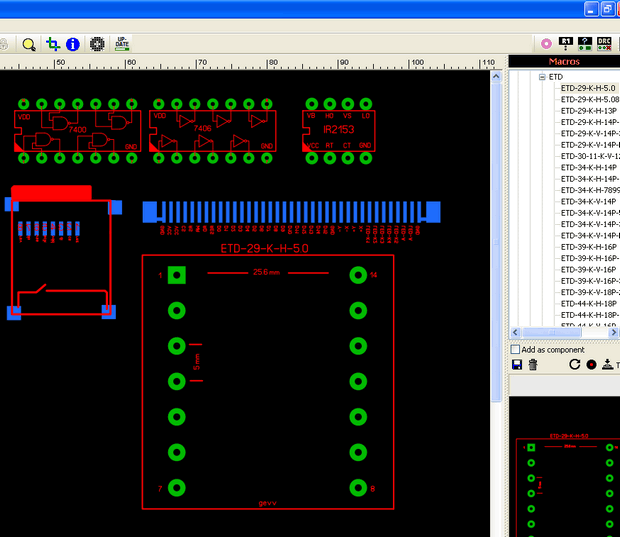Sprint Layout Edit Macros In Excel
среда 20 февраля admin 38
Mar 10, 2018 - If you want to edit an element. Macros The component library of Sprint-Layout consists of. Scrum Product and Sprint Backlogs using Excel. Whenever I open an Excel spreadsheet, it is displayed in a right-to-left layout by default (i.e the right most column is A and I need to scroll to the left to reach further columns). I can change the layout by going to the Page Layout menu and disabling the Sheet Right-to-Left button.
Preliminary Step – Decompose the Project Before you begin to create your Work Breakdown Structure (WBS) in Microsoft Excel, you should first decompose your project. Decomposing your project means identifying deliverables and breaking each deliverable down into its component tasks. You will keep doing this until you get to the smallest work tasks possible. You then should assign an ID to each work package based upon the relationships between the task items. These work packages will then make up the items of your WBS. For information on decomposing projects, you will want to check out my, especially Setting Up Excel Once you have properly decomposed your project, you should set up Microsoft Excel to receive your data. Open a new worksheet.
Slider Revolution is an innovative, responsive jQuery Slider Plugin that displays your content the beautiful way. Whether it's a Slider, Carousel, Hero Scene or even a whole Front Page, you will be telling your own stories in no time! 
Across the top, create at least the following columns. • Task ID • Task Description • Predecessor • Owner • Role •% Complete • Start Date • Finish Date • Deliver To After creating the columns, you will format the cells. The first cell to format is the Task ID cell. To do this, highlight the column you have designated for the task ID numbers by clicking on the letter at the top of the column. If you do not format the cells, when you type '1.0', the computer will automatically reformat it to '1.' Right click on the selected column and choose 'format cells' from the drop-down menu. Then, in the 'Format Cells' menu, choose 'Number' and set 'Decimal Places' to '1.'
The next cell you will need to format in the same way is the 'predecessor' cell. This cell will track task dependencies, so you will need to be able to have accurate decimal points here. Set this cell up the same way you set the task ID cell up.

Set the duration cell up to accept numbers, and the start and finish date columns to accept dates entered. Enter Your Data Once you have your Excel Worksheet set up, you can enter your data.
Enter everything you have from your papers where you decomposed your project. Once you have entered your data into the Excel Worksheet, you will be ready to move on to the next step.
Using Conditional Formatting. Once all of your data has been entered into the Excel worksheet, you can play around with the conditional formatting feature. Say you wish to create a report of all the tasks due within a given time range. Highlight your start and finish date columns by click-and-dragging over the two letters representing those columns.
Next, select 'Conditional Formating' from the Excel toolbar. Once you have done this, select 'Highlight Cell Rules' and then 'A Date Occurring.' From the drop-down menu that appears, you will select 'next week' and instantly all of your tasks due next week will be highlighted. You can also use conditional formatting to highlight tasks that have been assigned to a specific person, tasks that are on the lowest end of completion, and tasks associated with a specific milestone or deliverable. Another useful feature is the 'data bar.' This bar will graphically represent the percent complete column. You can access it in the conditional formatting menu.
Further Reading For more tips on creating Work Breakdown Structures and the importance of creating a WBS for your project, you may want to read the following articles:? By Ann Gordon by Linda Richter by Lucinda Watrous by Ronda Levine References • Screenshots taken by author. This post is part of the series: What is a Work Breakdown Structure?
